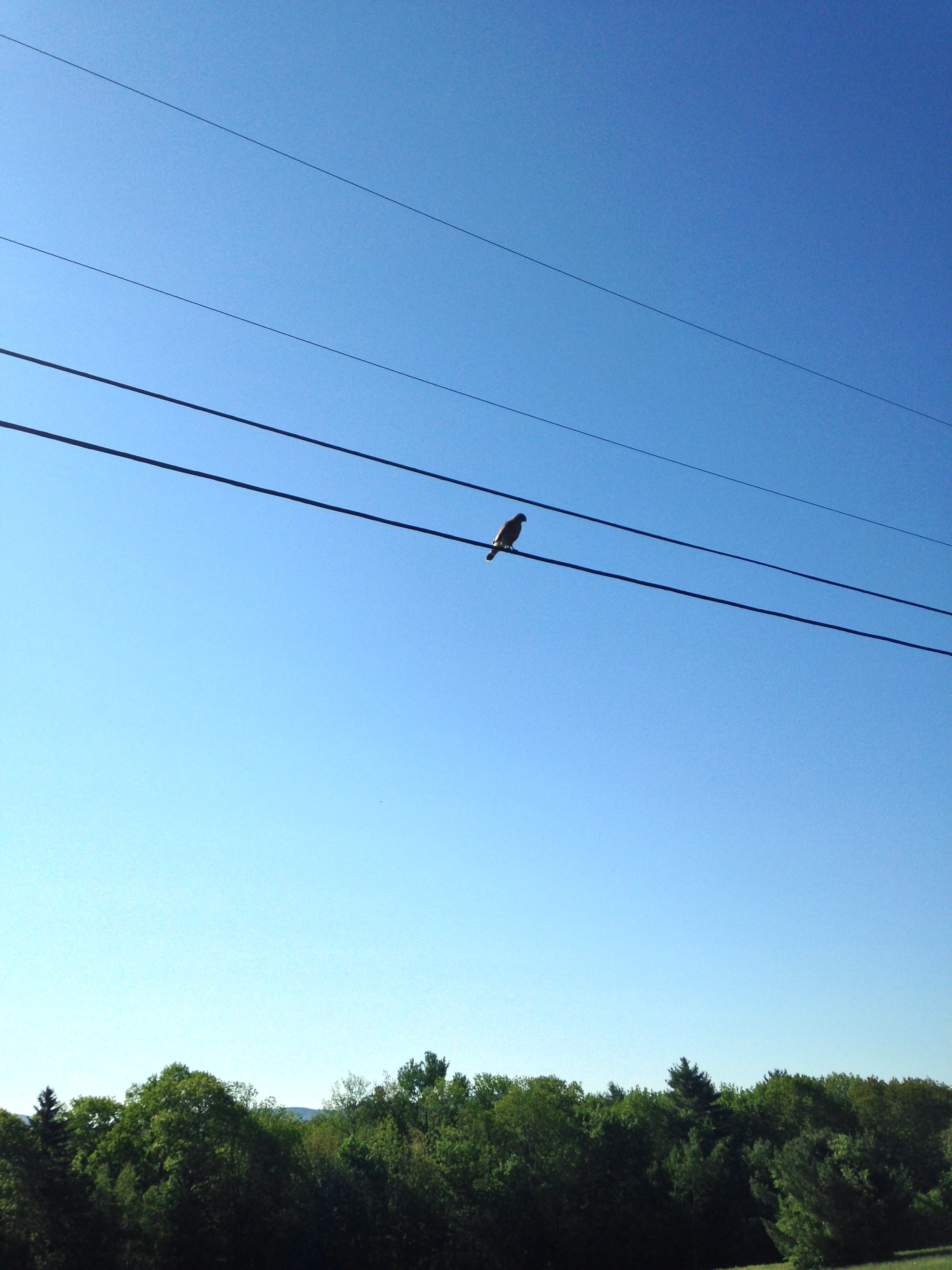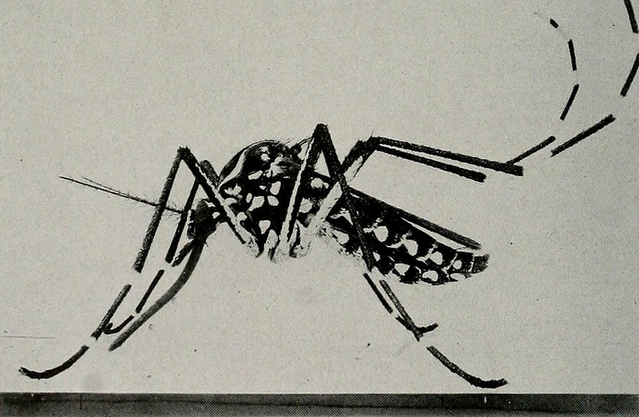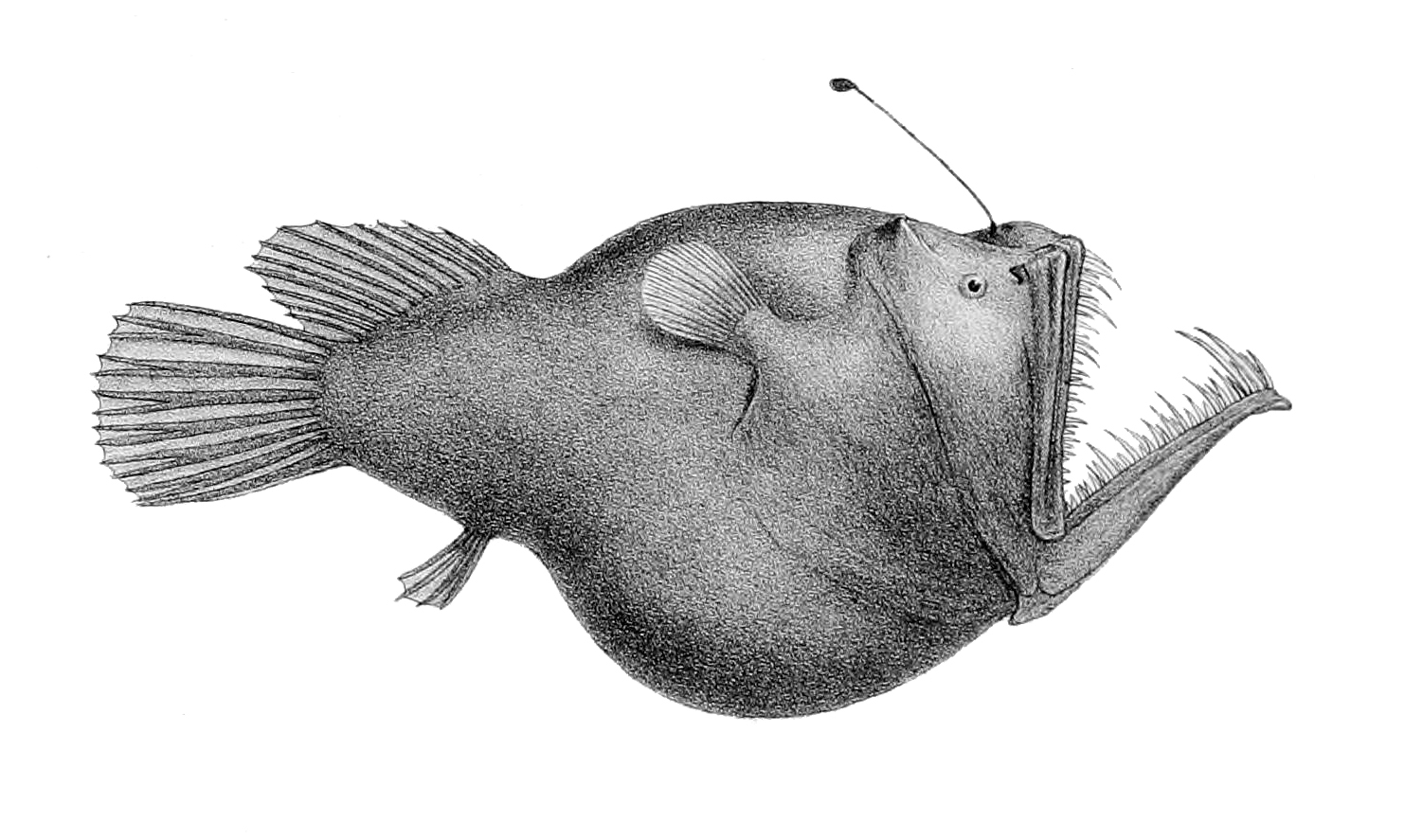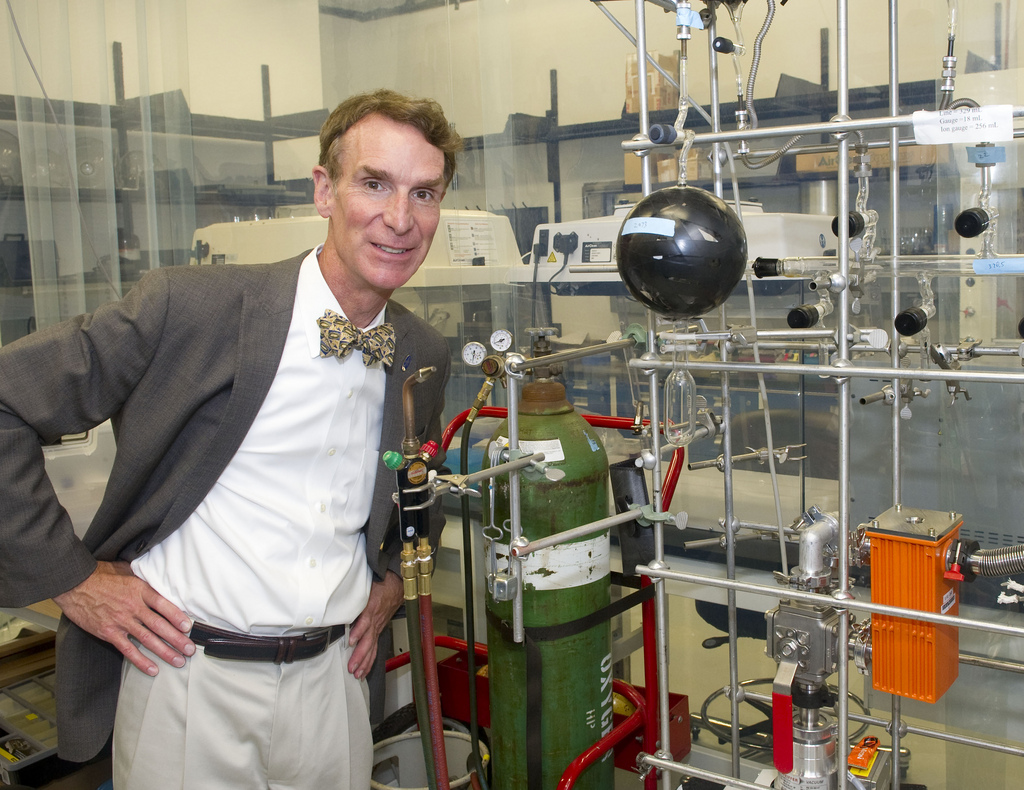What do you think of when you think of a city? Sidewalks, sky-scrapers, and yellow taxis? Chances are, you don’t think about nature, the green stuff that grows in between cities and roads. While it might surprise you, urban areas are full of nature. Sometimes, nature looks like a park, a large tree, or migrating birds. It also takes the form of insect, worms, and microbes too small to see. Look in a patch of grass on the sidewalk: What do you see? I bet you can find plenty of bugs if you look hard enough! Even though it can be hard to find large animals in a city, it is important to remember that living things are always there, and they are influencing you as much as you are influencing them.
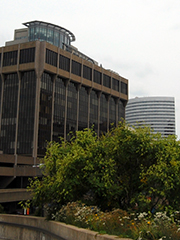
Ecology is the study of landscapes and the relationships between living things. These relationships might be easier to see in some places than in others, but they always exist. For example, you might not be able to see all the spiders living in between the rails of a stairway, but they are limiting the number of pesky flies you have to encounter when you walk down those stairs. Those spiders may end up being food for birds; others may act as pollinators for the flowers on your windowsill.
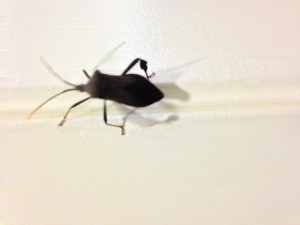
The city is not an island, however. The surrounding landscape and the city also have a relationship, just like the spiders in your stairway and the flowers on your windowsill. For example, city lights can make the stars look dimmer from miles away, which can influence the behavior and migration of nocturnal animals. City water can come from sources very far away. Water for New York City comes from the Catskill Mountains. This exchange makes human life possible in the city, but alters the water available to ecosystems up-state. In this way, you can think of a city as the sustained interaction between humans and thier environment. You could even call a city an intense system of land management.
Because no place on this earth is completely isolated from any other place, it is important to understand the unique connections which exist on smalls scales (think spider and the plant on your windowsill) and large scales (water from the Catskills goes to New York City which is on the Atlantic, an ocean that has currents feeding all over the globe). More and more people are moving into cities every day, causing them to grow bigger and take up more land.
It’s clear there are different ways urban development can happen that can be better or worse for the environment and for city-dwellers. Urban ecologists are trying to understand better the relationship of cities to their ecosystem. Are fragmented habitats worse than continuous ones with the same area? What exactly does the urban landscape look like, and how is different from natural ones? What human activities disproportionately harm the ecosystem? How does urban life change the behavior of animals (and humans)? What adaptations make species able to live in an urban setting?
To make sure that the planet remains healthy past our lifetimes, we have to think about the impact of human activity on the rest of the world. Urban ecology is one method to understand this relationship that we are all a part of. Hopefully, by better understanding how we fit into the landscape, we can help make cities, suburbs, and rural areas healthy places for people and for the other species around us.

